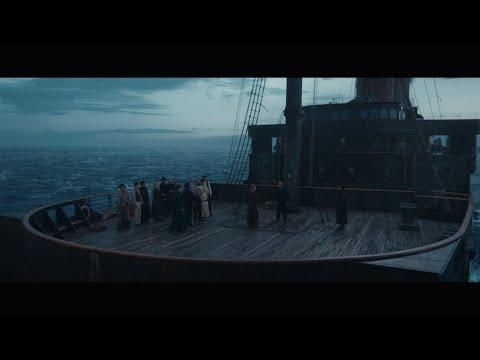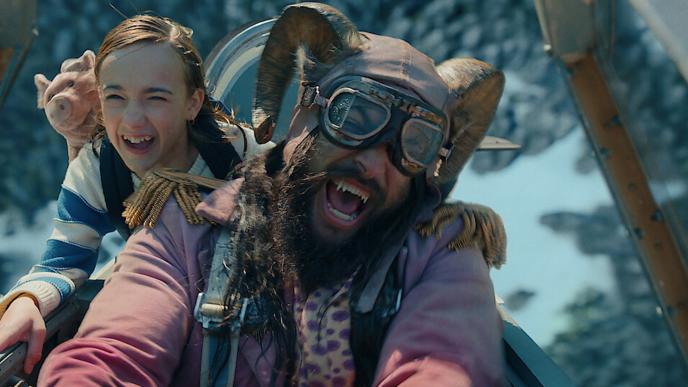

1899 VFX
With 1899, Baran bo Odar and Jantje Friese, the showrunners behind Netflix smash hit Dark, delivered another thought-provoking and visually-stunning series. Framestore is delighted to have worked across the entire creative and production process and produced stunning final VFX.
Framestore’s VFX teams in Vancouver and Montreal delivered challenging storm sequences with highly complex water simulations and impressive disintegration shots that pushed Framestore's simulation and comp work to new heights.
Complex ocean simulations
In 1899, each episode takes place on a different day, with different weather conditions to support the storyline. The ocean itself serves as an important ‘character’, progressing from relatively calm in early episodes to stormy and violent as tension begins to build.
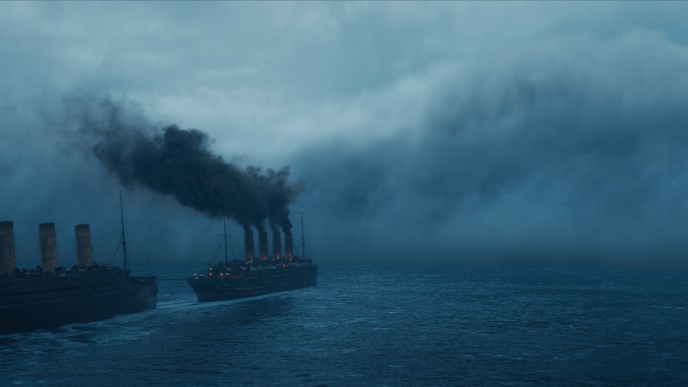
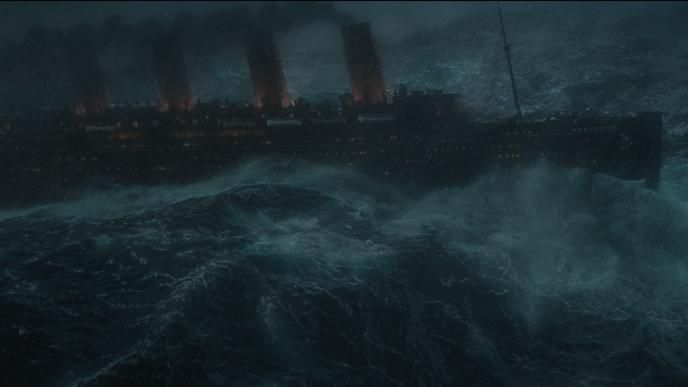
The last two episodes demanded a huge ocean storm, with enormous 90-metre swells. For these moments, Framestore created a number of impressive full-CG shots with the ship traversing the huge waves, as well as adding and integrating stormy oceans to over 40 plate shots from the green screen/water tank sound stage. Achieving truly realistic oceans, with the correct motion, speed and foam detail along with the massive waves, required the team to develop innovative simulation solutions.
One of the challenges was ensuring the scene scale did not make the ship appear miniature. “It was important that the ocean surface detail matched the realistic dimensions of the ship,” explains Vancouver-based VFX Supervisor Sean Schur. “The scope of the visible ocean surface was so large that traditional methods, such as using height field displacements, caused too many artefacts and undesirable stretching."
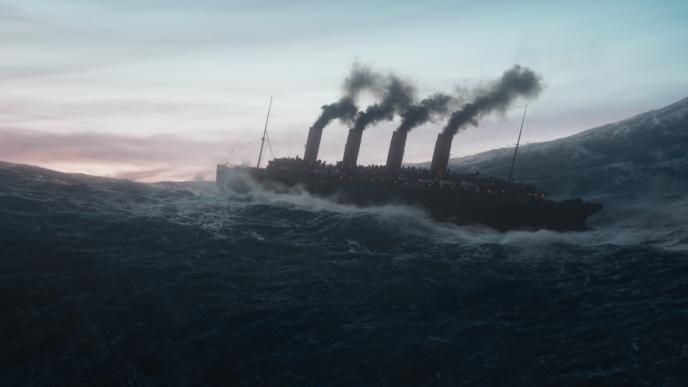

The team used high-resolution geometry for shots that didn't require custom interaction simulations between the ship and the ocean. “For rendering, we only subdivided the area visible in camera based on the ship's position and volume camera frustum culling,” says Schur. “As a result, we were able to deform 40 million points quickly with minimal memory requirements, providing us with the greatest level of detail possible for each shot."
Due to the scale of the wave swells, the simulation of water and ship interaction became an additional challenge, since the physics had to be manually adjusted to make the simulation work visually.
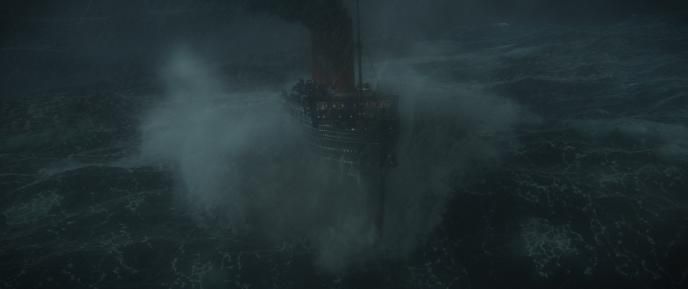
In addition, the team procedurally generated secondary elements such as surface foam, subsurface aeration volumes, and whitecap simulations on wave cusps which triggered mist volumes to tear off of the tops of the whitecaps.
Artistic & aesthetic disintegration
A strange, black, crystal-like protrusion appears all over the Kerberos as things begin to go wrong on the ship, becoming increasingly aggressive as the season progresses.
Framestore’s Montreal Visdev team created this elaborate crystal shape that expands from a needle-size appearance to a wide form coming from everywhere and ultimately disintegrating the ship. “When developing the crystal virus look, we explored several areas of movement to find a balance between organic and mechanical movements. The idea was to create something that will grow organically, while also glitching or moving mechanically."explains Kaestner.

It was a technical and artistic challenge to create a living, growing shape that could pass through any environment regardless of physical laws. The team focused a lot on the movement, behaviour and expansion of the shape, to ensure a consistent and visually aesthetic propagation throughout the final episodes.

We used displacement maps based on AI generated sequences. We generated sequences for about 200 frames, of morphs between different shapes, which created this small aspect with enough details that we could then use as displacement in different scenes.
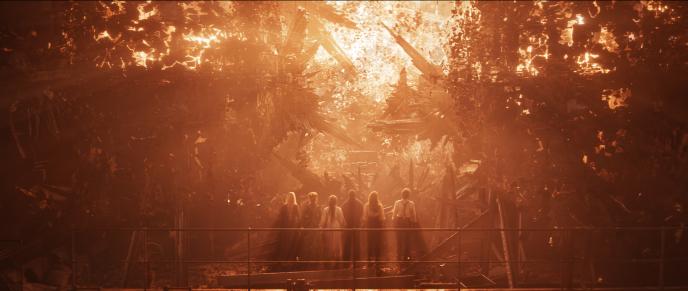
The disintegration follows a specific aesthetic, with particular attention paid to the symmetry of crystal shapes and complex lighting to emphasise the dramatic expansion supporting the storyline while keeping the visual consistency with the overall gorgeous imagery of the series.
